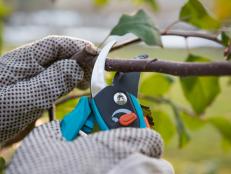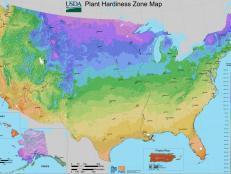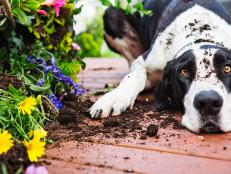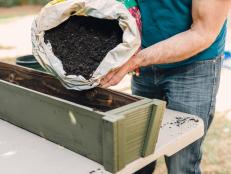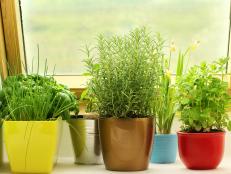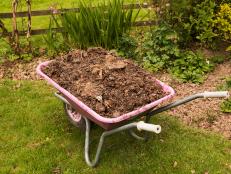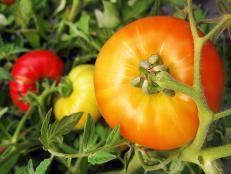Calling All Gardeners
by Paul McKenzie

Ed. note: The following column, which appeared in The Herald-Sun (Durham, NC), was written by horticulture agent Paul McKenzie for his fellow gardeners. His advice seems to speak to gardeners everywhere:
We are all gardeners.
Yes, I can already hear the protests. "I'm not a gardener, everything I plant dies," and "Even my cactus died from lack of water." In fact, most people seem very hesitant to apply the term gardener to themselves.
The conventional wisdom is that a gardener can make any plant thrive. That's rarely the case. In fact, the best gardeners have killed way more plants than the mediocre ones. The difference is that they keep planting.
A garden is simply a collection of plants and the gardener is the person who tends them. As I have yet to find a house in Durham that didn't have plants in the yard, I can only come to the conclusion that if you live in a house you are a gardener.
I can think of one exception. Some folks live in houses surrounded by fabulous gardens. But writing checks to a landscape company does not a gardener make.
Granted, some of you are better gardeners than others. For some, the collection of plants consists mostly of wiregrass and poison ivy. And the tending occurs on a rather infrequent basis.
For others, the plant palette shifts to boxwoods and tall fescue (and not much else). In this case, the tending mostly takes place behind the controls of gas-powered engines. This has been shown to cause mental instability, as evidenced by the development of lawnmower racing.
Thus, we are all gardeners and I hereby confer that title upon you with all appertaining rights and responsibilities.
Your responsibilities:
Your rights:
– reprinted by permission of The Herald-Sun, Durham, NC






